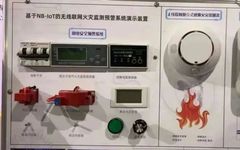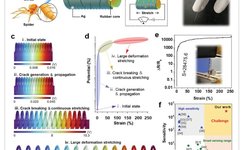Overview of an Intelligent Monitoring System for Comprehensive Utility Tunnels Based on NB-IoT
Ding Song, Wang Changsheng, Zheng Ping (Anhui University of Science and Technology, School of Electrical and Information Engineering, Huainan, Anhui 232001) Abstract: Comprehensive utility tunnels are the lifelines of cities. To ensure the stable and safe operation of comprehensive utility tunnels, a monitoring system based on NB-IoT wireless transmission technology is designed to address the … Read more








